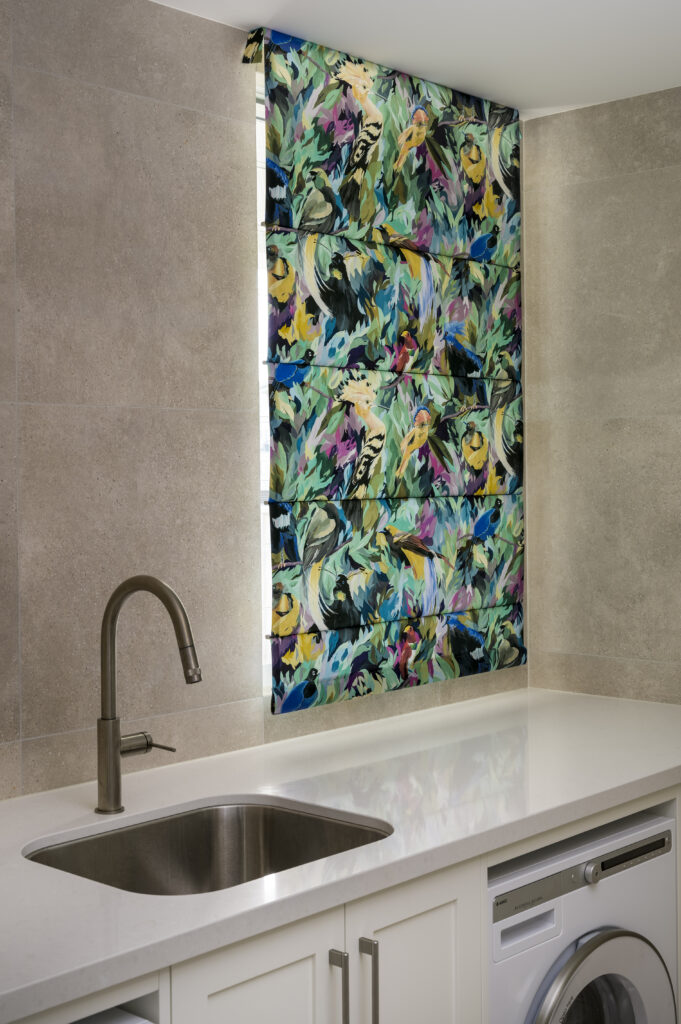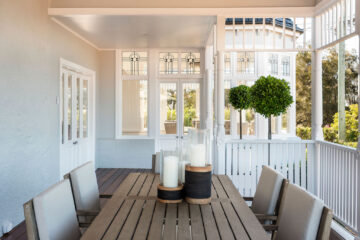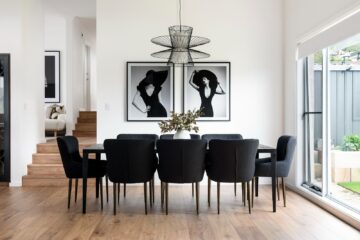When it comes to interior design, every detail matters – from furniture and colour schemes to lighting and decor. However, there’s one crucial element that often gets overlooked until the last minute: window coverings. These functional and aesthetic additions can significantly impact the overall ambience and functionality of a space. In this blog, we’ll dive into the reasons why considering window coverings during the design stage is essential and how they can transform your space.
1. Enhancing Aesthetics:
Window coverings are more than just practical solutions to block out light or provide privacy; they’re also essential design elements that can tie a room together. By choosing the right window coverings, you can add texture, colour, and patterns that complement your overall design theme. Whether you’re going for a modern, minimalist look or a cozy, traditional vibe, the right window treatments can elevate your space to a whole new level.
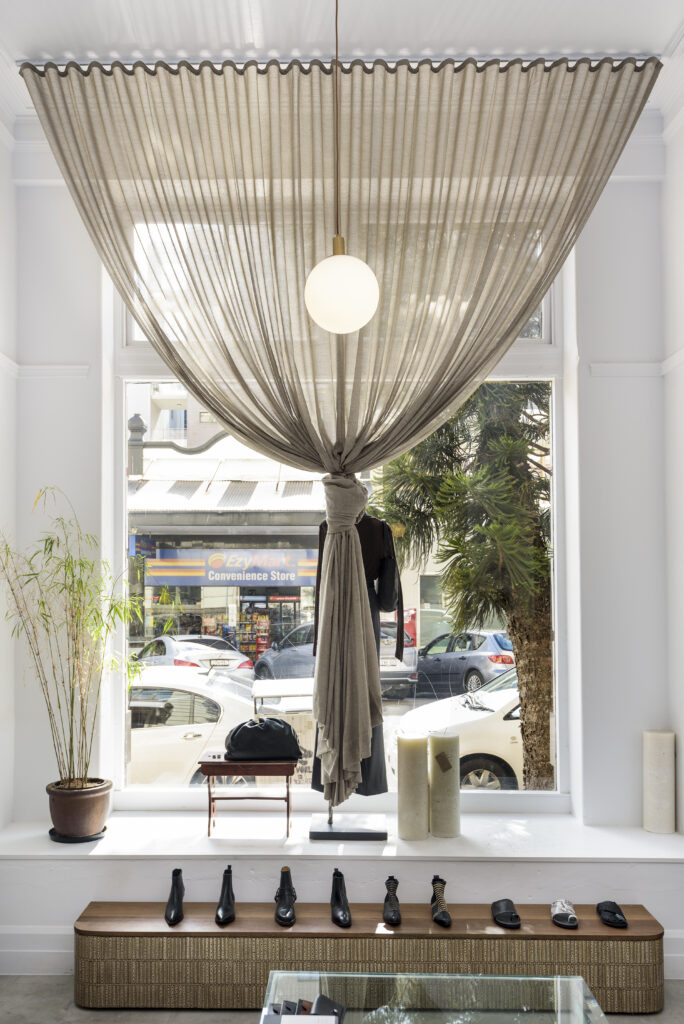
2. Light Control:
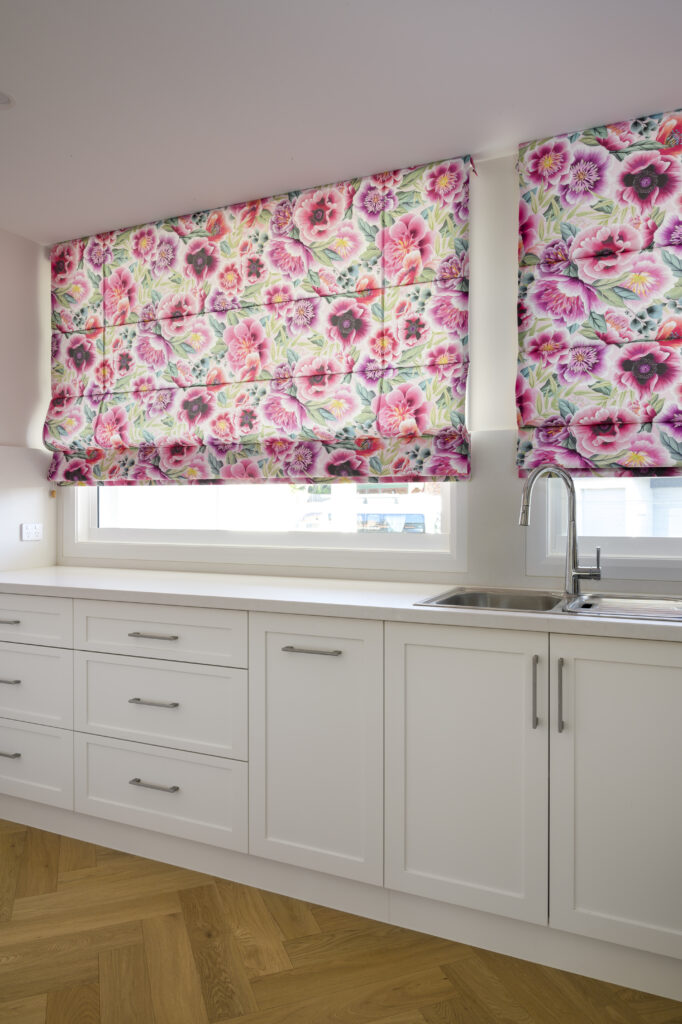
The amount of natural light in a room can significantly affect its atmosphere. When planning your design, consider how different window coverings can control light. Sheer curtains, for example, can diffuse harsh sunlight while maintaining a soft, ethereal glow. On the other hand, blackout shades are perfect for bedrooms or home theatres where light control is crucial. By factoring in light management from the start, you can create a space that’s both comfortable and functional.
3. Privacy and Security:
Privacy is a top concern for any home or office space. Window coverings play a vital role in providing the necessary privacy without compromising style. During the design phase, think about the placement of windows and their proximity to neighbouring properties or public spaces. Then, choose window treatments that allow you to control privacy while maintaining an open and inviting atmosphere.
4. Temperature Regulation:
Window coverings also contribute to the energy efficiency of a space. In colder months, thick drapes can help insulate against drafts, reducing heating costs. Conversely, during hot summers, reflective blinds or shades can prevent excessive heat from entering the room, thus lowering cooling expenses. By integrating energy-efficient window coverings into your design, you’re not only benefiting the environment but also saving on utility bills.
5. Acoustic Control:
Sound management is often overlooked in interior design discussions. However, window coverings can actually play a role in controlling acoustics. If you’re designing a room where noise control is essential, consider heavier fabrics or layered treatments to help absorb sound and create a more peaceful environment.
6. Long-Term Planning:
By considering window coverings during the design stage, you’re setting yourself up for long-term success. Incorporating window treatments seamlessly into the overall design means they won’t appear as an afterthought. This attention to detail will enhance the overall cohesiveness of your space and ensure that every element feels intentional and well-considered.
In the grand tapestry of interior design, window coverings are the threads that tie everything together. From aesthetics to functionality, they serve multiple purposes that significantly impact the ambience and practicality of your space. So, before you finalize your design plans, take a moment to consider the window coverings that will truly make your space shine. Whether it’s elegant drapes, sleek blinds, or charming shutters, these additions will undoubtedly elevate your interior design to new heights. Your windows are more than just openings; they’re opportunities for creativity and expression. Don’t miss out on the chance to make them truly exceptional.

